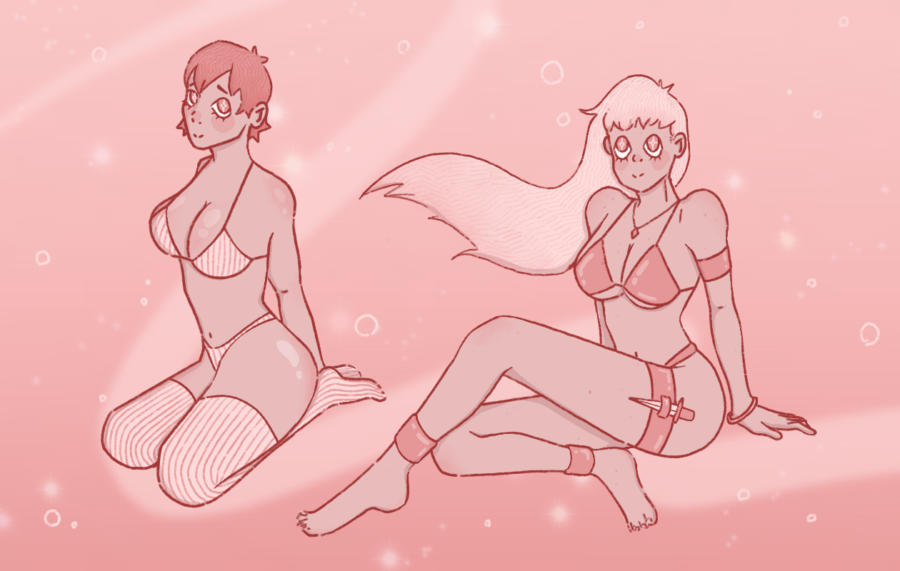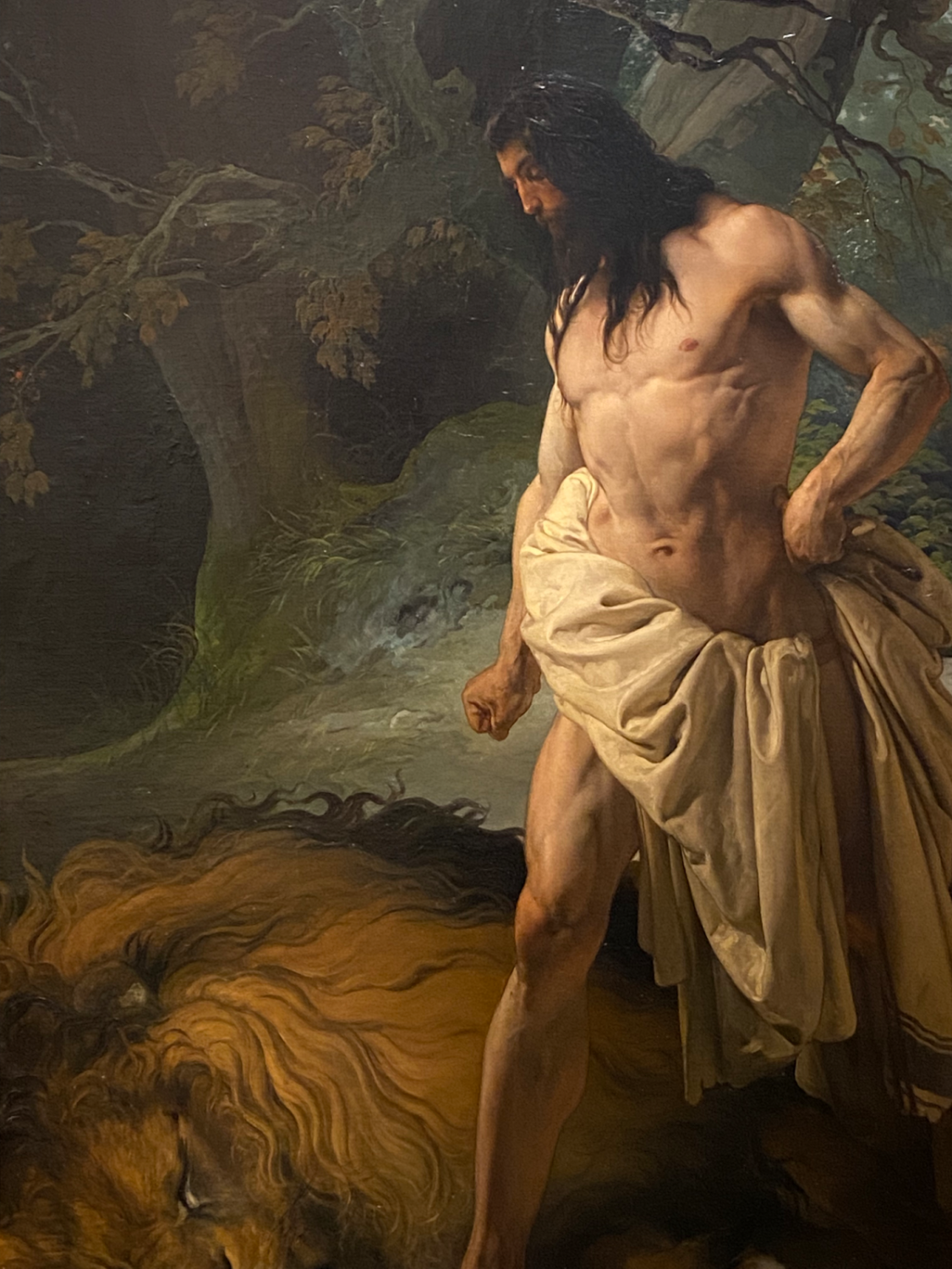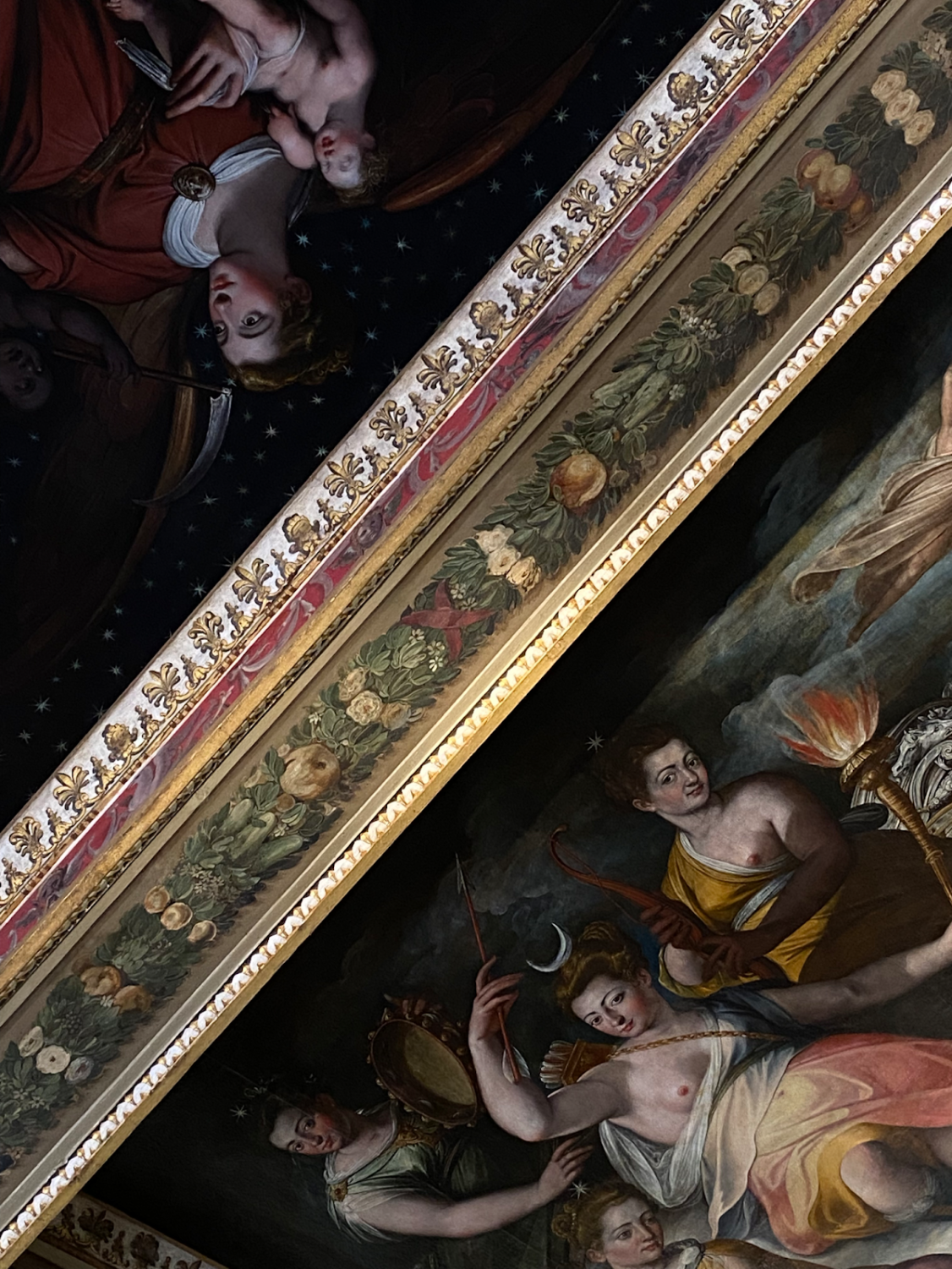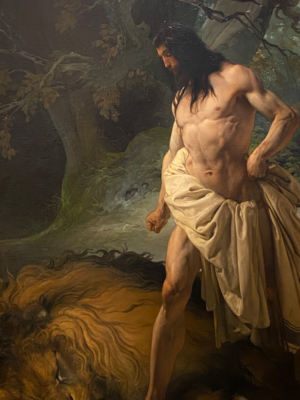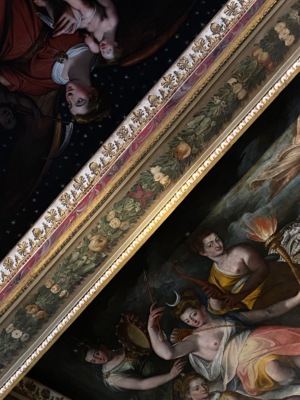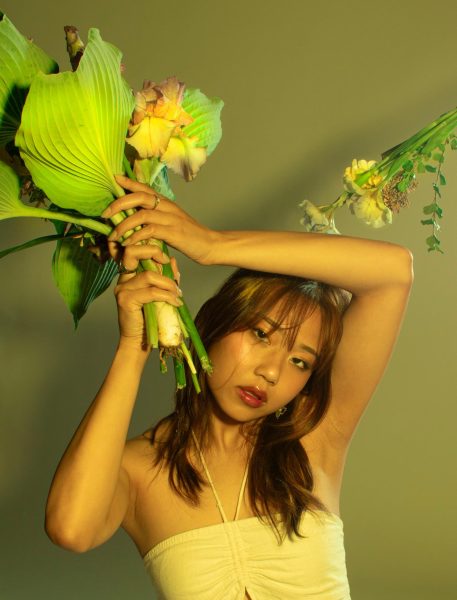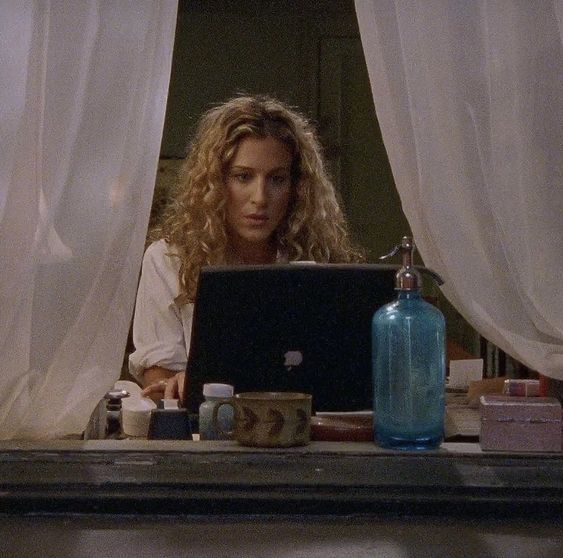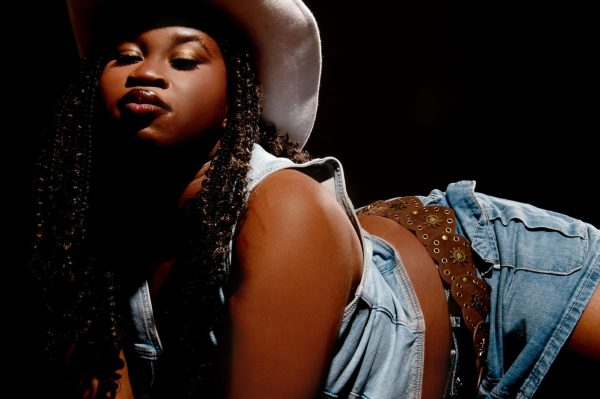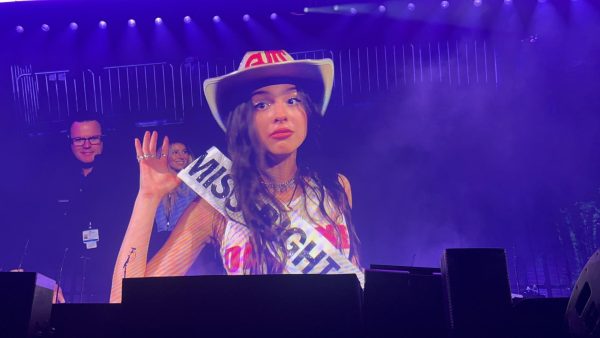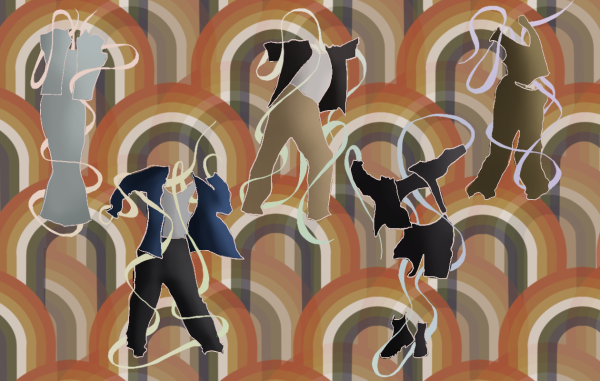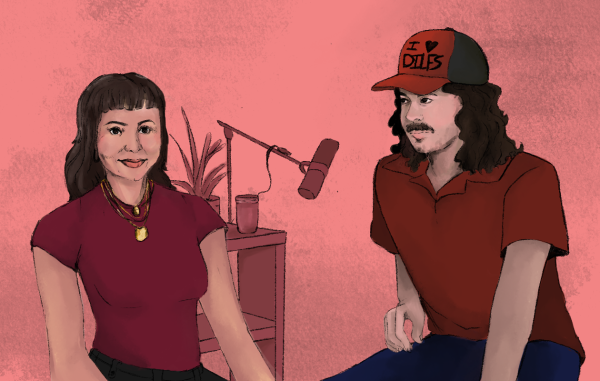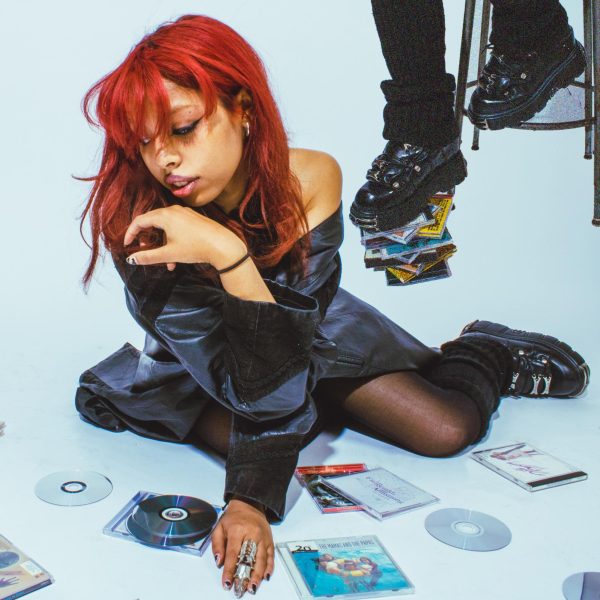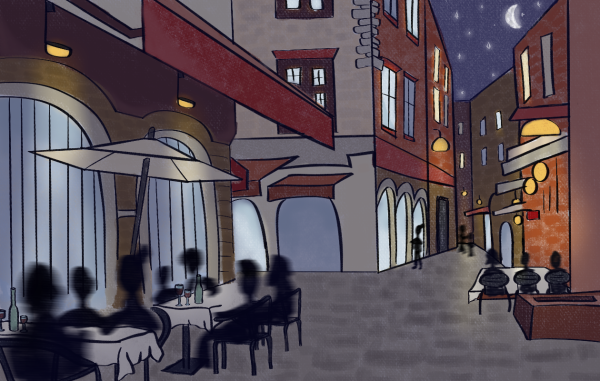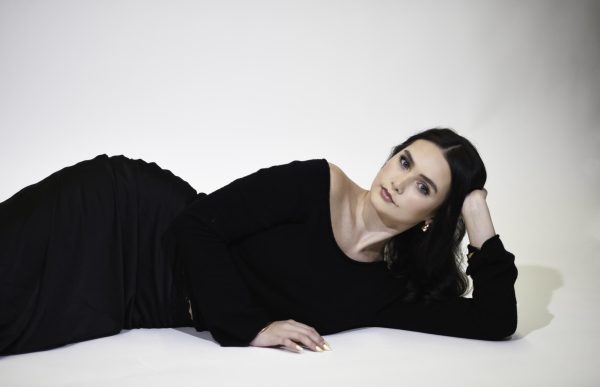big boobs, little skirts: exploring misogynistic female representation in anime and gaming
If you have been playing video games or watching anime for a while, you’ve probably noticed that the representation of men and women is composed of obviously different values. Like in the anime “Demon Slayer”, or the game “God of War”, male characters have buff bodies, heroic personalities and clothes that are coherent with their world and story, while women in shows like “Sword Art Online” and games like “Mortal Kombat” are often presented as hyper-sexualized fillers to enhance the sexual dominance of males.
Don’t get me wrong, the sexiness of a character, independent of their gender, is not a problem at all! Characters can have sexy personalities, wear revealing clothes and be promiscuous without it being the reason for their existence in the plot. The problem resides in the production of media exclusive to the male gaze, which contributes to a misogynistic and distorted perception of reality.
Before delving deeper into the subject, understanding that the male gaze is not just the physical representation of male characters in art but also an imposture of an objectifying depiction of female bodies is essential. In the words of the art critic, novelist, painter and poet John Berger, throughout art history, “A man’s presence suggests what he is capable of doing to you or for you,” whereas, “a woman’s presence expresses her own attitude to herself, and defines what can and cannot be done to her.”
The construction of this perception that men are the ones with the power to affect others while women are in constant submission to the validation of men is reinforced by clothing, dialogue and camera angles, consolidating the image of the frail female and dominant male.
As a result, female characters in anime often don’t feel like a part of the world they are in, but like an objectified parody of a woman to preserve the male ego. While there are also sexualized male characters, they do not represent the same submissive role as female characters often do and aren’t portrayed in angles that disassociate the viewer’s perception of a person to a mere sexy body.
An example of the disconnection to reality that the consumption of male gaze media generates is the reaction of male gamers to the character Aloy in the game “Horizon Forbidden West.” With revolutionary graphics, the game was able to deliver a hyper-realistic look to the main character but received backlash from some male gamers that complained the main character didn’t look as hot as the first game because of her body size and “facial hair.”
In contrast to the male gaze, the female gaze does not objectify male bodies or strive to establish an unbeatable image. According to anime reviewer YouTuber “Inakyu”, “the female gaze is looking at someone and thinking about what you don’t see. It’s using the perspective of a character, the gaze, to emphasize emotion, to emphasize complexity in its characters, about feeling beyond seeing.”
Some examples of media that empower women are movies by Hayao Miyazaki, the director of Studio Ghibli, where the female leads are vibrant agents moved by their strong beliefs with an emotional complexity that deepens their relationship to the conflict of the story.
This doesn’t mean that every female character needs to have a dominant personality or exclusively wear clothes that cover their bodies. Producing empowering media is about framing and good writing. It is about transmitting the feeling of what it is like to live in the body portrayed in the world that the story takes place in and introducing the viewer to the character’s qualities, skills, flaws and emotions, rather than just popping giant boobs on the screen or placing camera angles under skirts.
It’s past the time to leave media that uses female characters as stepping stones to the male ego and pleasure behind. Aside from being objectifying and offensive, it’s extremely old. Good stories don’t need to rely on misogyny: let’s keep it sexy and ditch sexism for good.
Support Student Media
Hi! I’m Catie Pusateri, A Magazine’s editor-in-chief. My staff and I are committed to bringing you the most important and entertaining news from the realms of fashion, beauty and culture. We are full-time students and hard-working journalists. While we get support from the student media fee and earned revenue such as advertising, both of those continue to decline. Your generous gift of any amount will help enhance our student experience as we grow into working professionals. Please go here to donate to A Magazine.

